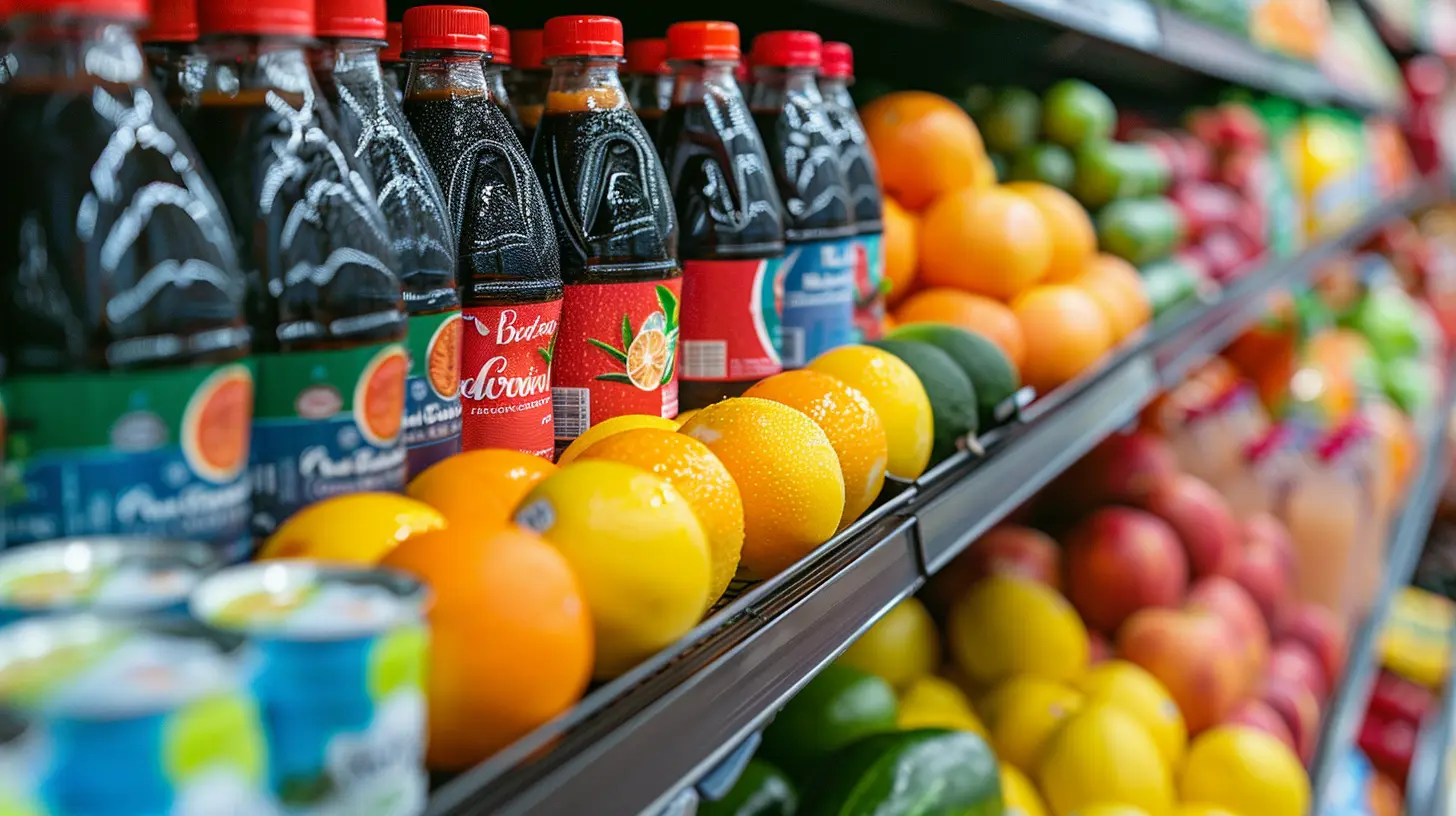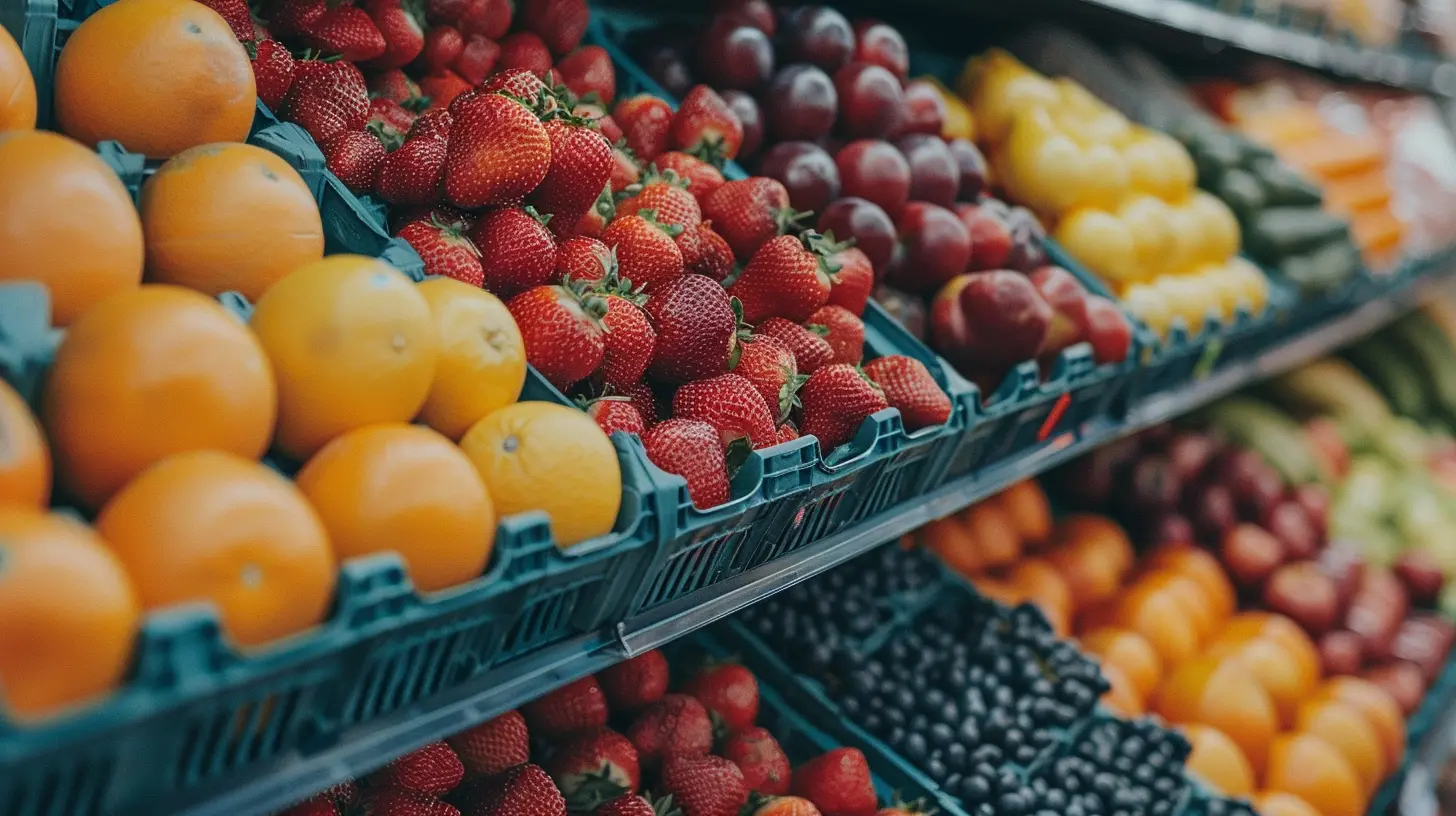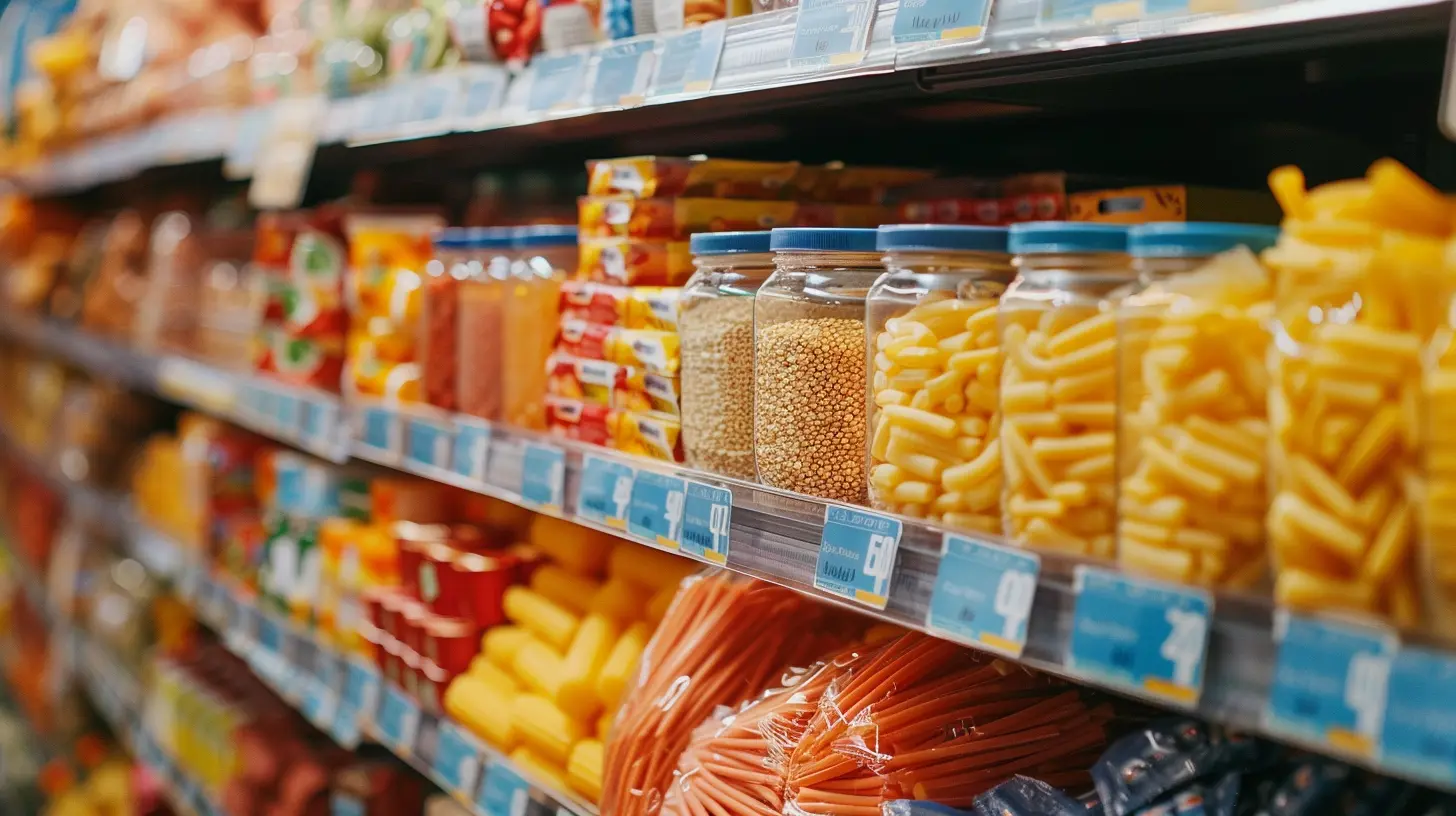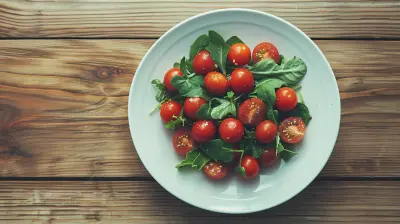15 March 2025
Ever feel like you're reading a foreign language when you look at food labels? You're not alone! Those nutrition facts and ingredient lists can be confusing, overwhelming, and honestly, sometimes downright sneaky. But here’s the good news: once you crack the code, food labels can be your best buddy when it comes to making healthier choices.
Let’s dive into this seemingly cryptic world and break it all down step by step. By the time you’re done with this article, you’ll read food labels like a pro and feel confident about what you're putting into your body.
Why Food Labels Matter
First things first, why do food labels even exist? Well, they're there to inform you. Think of them as a cheat sheet that tells you what’s inside a product. It’s like peeking behind the curtain to see the magician at work—except in this case, the magician is the food manufacturer.Food labels tell us about calories, nutrients, additives, and even allergens. They empower us to make decisions that align with our health goals. Whether you’re trying to shed some pounds, manage a health condition like diabetes, or simply eat cleaner, food labels are an invaluable tool.
Label Reading 101: The Basics
1. Start with the Serving Size
Here’s the first trick food manufacturers play on us—serving sizes. That bag of chips might say 150 calories, but if you look closer, that's per serving, not the whole bag. And let’s be honest: who eats just 10 chips?The serving size is listed at the top of the Nutrition Facts panel. All the other details like calories, fats, and sugars are based on this serving size. So, step one is always to compare the serving size to how much you’re actually eating.
2. Check the Calories
Calories are a quick snapshot of a food's energy content. While they’re not the be-all-end-all of nutrition, they do matter if you’re watching your weight or tracking your energy intake.Here’s a tip: keep calories in context with the serving size. If one serving is 200 calories but you’re eating three servings, that’s 600 calories. See how fast that adds up?
3. The Nutrient Breakdown
The middle section of the food label is where the juicy stuff is—literally. This section lists the key nutrients, and here’s how to interpret it:- Fats: Look for terms like “saturated fat” and “trans fat.” Saturated fat should be limited, and trans fat? Avoid it like you’d avoid a pothole on a busy road.
- Carbohydrates: Under carbs, you’ll see fiber and sugars. Aim for foods high in fiber and low in added sugars. Fiber keeps your digestive system happy, and less sugar means fewer energy crashes. Win-win!
- Protein: Protein is essential for building muscles, repairing tissues, and keeping you full. Foods high in protein are great for curbing those midday hunger pangs.
- Sodium: Too much sodium can lead to high blood pressure and bloating. Keep it in check, especially if you’re eating processed or packaged foods.
Demystifying the % Daily Value (%DV)
Ever notice that little percentage next to each nutrient on the food label? That’s the % Daily Value. It’s like a report card for how much of your daily nutritional needs one serving provides.Here’s a trick:
- 5% or less is low (great for things like sodium and added sugars).
- 20% or more is high (awesome for things like fiber, vitamins, and minerals).
Pro tip: Use %DV to quickly spot red flags. For example, if you’re trying to eat less sugar but the %DV on added sugars is 50%, you might want to think twice before tossing that item into your cart.
Sorting Through Ingredient Lists
The Rule of Thumb: Shorter Is Better
Flip the package over and check the ingredient list. If you see a long, unpronounceable list, that’s usually a red flag. Aim for foods with five or fewer ingredients, and make sure you recognize most of them.Watch Out for Sneaky Sugars
Spoiler alert: sugar has many aliases. High fructose corn syrup, sucrose, maltose, agave nectar—all sugar. Be on the lookout for these sneaky names, and try to stick to foods with minimal added sugars.Beware of Buzzwords
Ever seen a label screaming "all-natural" or "light"? These terms can be misleading. “Natural” doesn’t always mean healthy. And “light” could just mean fewer calories because they removed the fat and overloaded it with sugar instead. Always read beyond the buzzwords.Breaking Down Common Food Label Claims
Food manufacturers love slapping claims on their packaging to catch your eye. But what do these really mean? Here’s a quick cheat sheet:- Low Fat: Contains 3 grams of fat or less per serving. But remember, low fat doesn’t mean low sugar or calorie-free!
- Sugar-Free: Contains fewer than 0.5 grams of sugar per serving. It might still be packed with artificial sweeteners, so tread carefully.
- Whole Grain: Not all “whole grain” products are created equal. Make sure whole grains are the first ingredient listed.
- Organic: “Certified organic” means it meets USDA organic standards. That’s great, but organic doesn’t automatically mean healthy. Organic cookies are still cookies.
How to Make Smarter Choices in the Grocery Store
Let’s be honest: shopping for healthy food can feel like navigating a maze. But armed with your new label-reading skills, you can make smarter decisions. Here’s how:1. Shop the Perimeter
The outer aisles of the store usually have fresh produce, dairy, and meats—basically, the less processed stuff. The middle aisles are where most of the packaged goods live, so proceed with caution.2. Go for Whole Foods
When in doubt, choose foods that don’t need a label—like fruits, veggies, and whole grains. If it grew in the ground or had a face, you’re on the right track.3. Plan Ahead
Having a meal plan can help you avoid impulse buys. Grocery lists aren’t just for Type-A personalities—they’re a lifesaver for anyone trying to eat healthy.The Hidden Culprits: Additives to Watch Out For
Some additives serve a purpose, like preserving freshness or enhancing flavor. But others? Not so much. Here are a few you might want to avoid:- Monosodium Glutamate (MSG): Common in processed foods and can trigger headaches or allergic reactions in some people.
- Artificial Colors and Sweeteners: Linked to potential health risks and don’t provide any nutritional benefits.
- Partially Hydrogenated Oils: Code for trans fat—one of the worst offenders for heart health.
Nutrition Labels in the Real World
Now that you know how to decode food labels, how do you put this into practice? Here’s an example:Imagine you’re choosing between two granola bars.
- Bar A has 150 calories, 7 grams of sugar, and whole grains listed as the first ingredient.
- Bar B has 200 calories, 14 grams of sugar, and “corn syrup” first on the ingredient list.
Bar A is the winner! See how easy that was? It’s all about comparing products and making informed choices.
Final Thoughts
Food labels aren’t as intimidating as they seem, right? Once you learn the lingo, you can approach the grocery store with confidence and control. Remember, it’s not about being perfect; it’s about making better choices, one label at a time.So next time you’re standing in the snack aisle debating between two bags of chips, take a moment to flip them over and read the labels. Your future self will thank you!





Roman Horne
Knowledge is delicious power!
April 2, 2025 at 3:00 AM